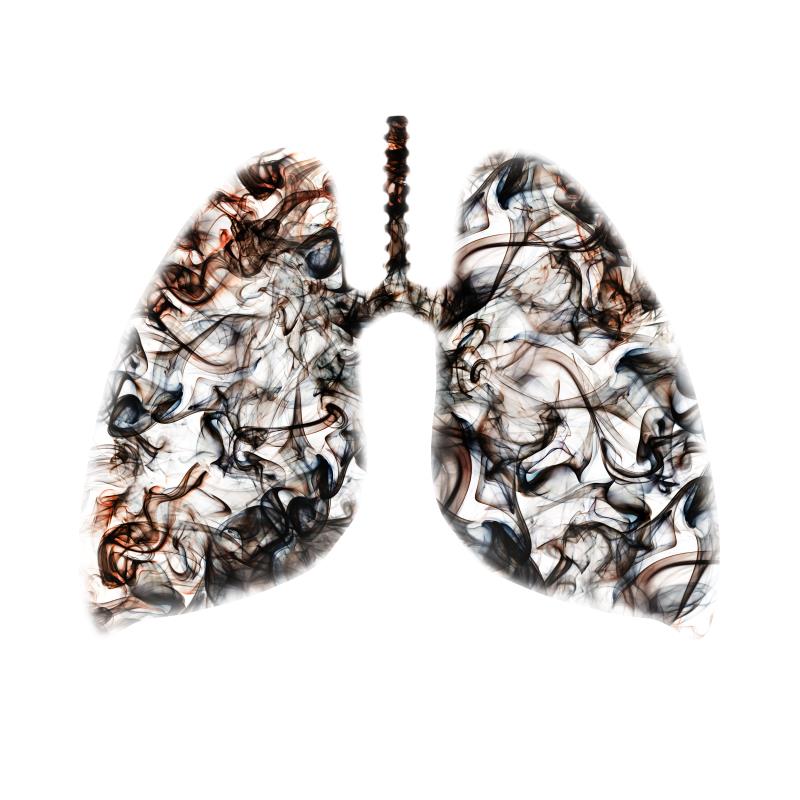
A blood eosinophil value of <0.144 × 109/L on admission or <2 percent is predictive of a longer hospital length of stay (LOS) among patients with acute exacerbations of chronic obstructive pulmonary disease (AECOPD), suggests a study.
The analysis included 346 patients with admission eosinophil count (mean age, 74.9±7.8 years; 96.2 percent males; mean forced expiratory volume in 1 s [FEV1], 43.4±16.3 percent predicted). The median of the absolute peripheral eosinophil count and percent eosinophil count was 0.11 × 109/L and 1 percent, respectively. The median LOS was 5 days.
Using the median LOS of ≥5 days as the cutoff, receiver operating characteristic (ROC) analysis revealed that a cutoff value of <2 percent eosinophil count (area under the curve [AUC], 0.666; p<0.001) correlated with longer LOS. The absolute eosinophil count stood at <0.144 × 109/L (AUC, 0.645; p<0.001).
“These eosinophil cutoff values could predict longer LOS independent of age, lung function and previous hospital admissions, but had no association with readmissions for AECOPD and mortality at 12 months,” the authors said.
This study recruited patients who presented to the hospital with an AECOPD, whose complete blood picture with differential count was taken upon admission. Participants received a standard course of systemic corticosteroid and antibiotic treatment. They were then evaluated at 8 weeks postexacerbation for lung function and 6-min walk.
The authors followed the patients up to 1 year for any readmissions or mortality. They used ROC curve analysis to calculate the cutoff values of eosinophils for the assessment of longer LOS.
“Airway inflammation accompanying exacerbations varies among individuals with some having neutrophilic, while others showing eosinophilic inflammation,” the authors noted.